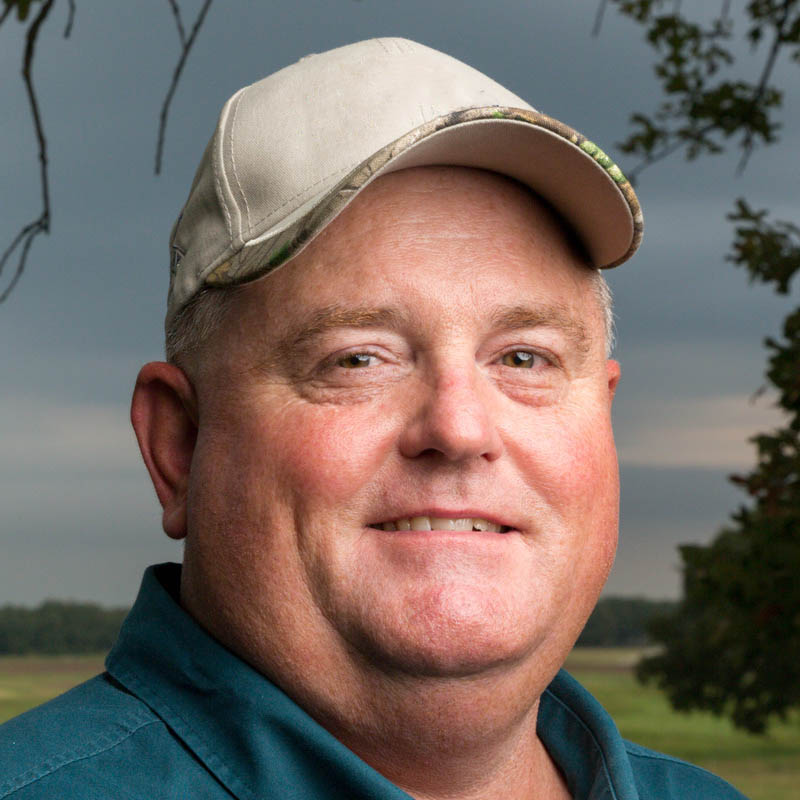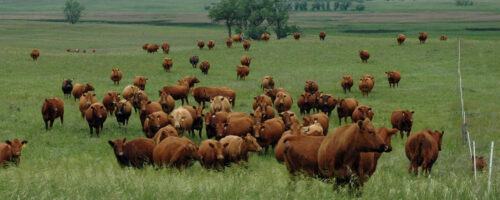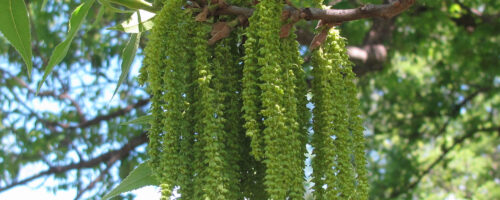When planning a prescribed burn, consider the impact you want to achieve for your land management goals. Learning fire behavior will help burn managers predict potential impacts of a burn before it is conducted.
There are several characteristics of fire that influence its impact. Keep in mind that weather, topography and fuel have roles in affecting fire characteristics. Prescribed fire characteristics can be defined as the effects of flaming that cause a degree of impact on the plant communities. Fire characteristics include flame height, fire intensity, season, frequency, flame angle, flame depth and scorch height.
Flame height is measured vertically from ground level to the flame tip. Flame height is determined by vegetation height, fuel moisture and wind speed. Short vegetation, high fuel moisture and low wind speed results in short flame height and vice-versa for tall flames.
Fire intensity is the rate at which energy (heat) is released as the fire burns. Intensity is correlated to the amount and moisture content of available vegetation for fuel, temperature, wind speed and topography. Intensity is also affected by fire type; a back fire is usually less intense than a head fire. The ability to control a fire also reduces as intensity increases.
Season of year affects the impact of a burn. Fuel moisture and ambient temperature are key drivers. Fuels in the dormant season tend to be drier and ignite and burn easier than similar fuels in the growing season with higher moisture content. However, higher ambient temperature in the growing season requires less fire intensity to heat plant tissue to a lethal point of 145 degrees.
Frequency is the interval between fire occurrences. Frequency is determined by plant response in relation to landscape goals. A higher frequency of burning usually has more impact on the plant community, especially in favor of grasses and other herbaceous vegetation.
Flame angle is the measurement of the flames on the horizontal plane in front of the fire. A flame with less than a 90 degree angle will dry out and preheat the vegetation ahead of the fire to aid with ignition and rate of spread. Wind speed and topography affect flame angle more than any other factor.
Flame depth is the width of the area continuously flaming behind the fire front. Flame depth is important because the duration of flame exposure and heat burning across a given area can impact the response of the vegetation. Increased flame depth can have greater impact to vegetation.
Scorch height is the height at which leaves on trees are browned by the heat of the fire. Scorch is a factor of flame height and intensity, with intensity having more impact than height. Scorching can remove the lower portion of the tree canopy, which allows sunlight to penetrate through to the ground thus increasing forage growth. Scorching also limits the ability of a tree to photosynthesize sunlight, which negatively affects future growth.
When writing prescribed burn plans in preparation for future burns, review previous burn prescription parameters, actual weather conditions and fire behavior of each burn, and assess the vegetation throughout the next growing season to determine if each burn achieved the desired impact. Understanding how fire characteristics influence change in plant communities will aid in conducting safe, more efficient and effective prescribed burns to achieve land management goals.



Comment